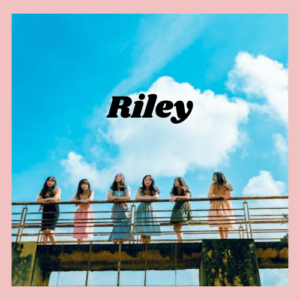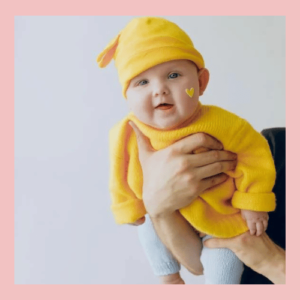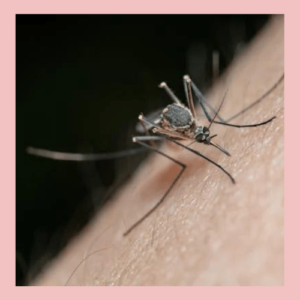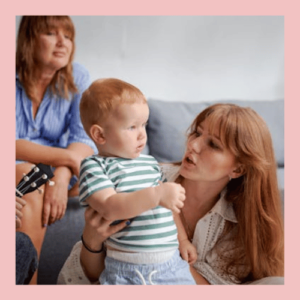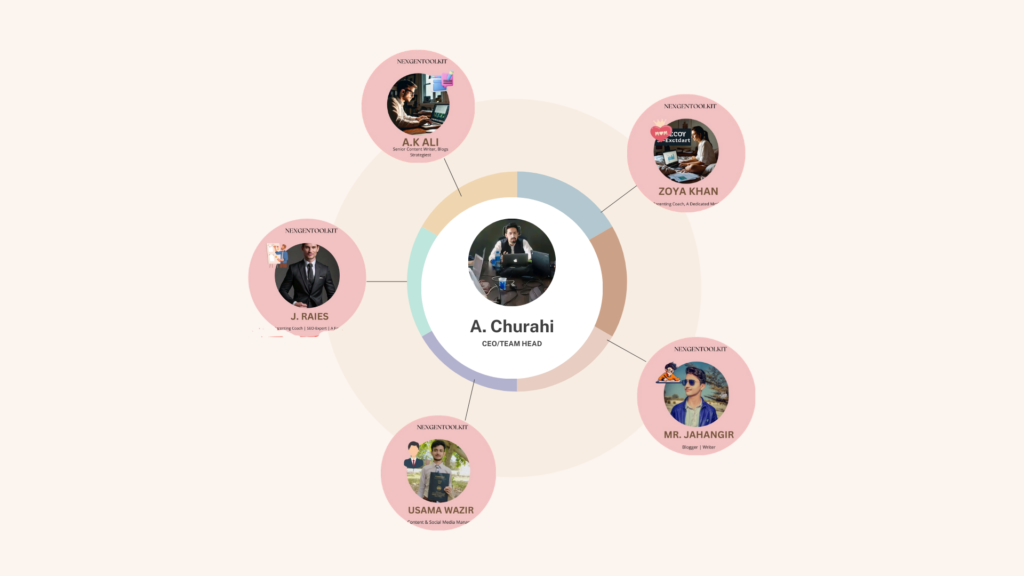Breastfeeding mothers are usually faced with the question: is it safe to dye their hair while breastfeeding? Another problem arising from the flood of information is that one can easily get lost in an attempt to determine what is safe and what is not necessarily safe. In this case, we will see some factors to take into account and the measures that should be applied when it is contemplated dyeing hair during the breastfeeding period.
You Can Also Read this Hindu Baby Boy’s Names

Understanding Hair Dyes:
Some hair dyes have chemicals that are perceived to have the likelihood of producing some harm to the mother as well as the baby whenever breastfeeding is ongoing. Some of these chemicals include ammonia, hydrogen peroxide, and colorants which are capable of penetrating through the skin.
Safety Concerns:
The major issue of hair dyeing during breastfeeding has therefore been pointed at the extent to which the chemicals can be absorbed through the scalp and skin. There are not many direct studies on the impact of hair dye chemicals on breastfeeding infants, however, some studies indicate possible risks of these chemicals.
Expert Opinions:
The AAP and other health agencies have said that the amounts of chemicals that pass through the scalp during hair dyeing are small and probably pose little to no danger to breastfed babies. However, one should not be careless. On the other hand, some precautions should be observed so as not to make the situation worse.
Precautions to Take:
Choose Ammonia-Free Dyes: Select ammonia-based hair dye products, and semi-permanent hair dyes if possible because these penetrate the skin to a small extent.
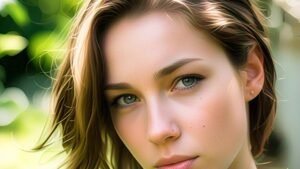
Natural Alternatives:
Select non-chemical hair colors such as henna and vegetable-based colors which are safer during the process of breastfeeding.
Consulting Your Healthcare Provider:
If you are still unsure about whether to dye your hair while breastfeeding, consult your healthcare provider. They can provide personalized advice based on your health status and the specific products you intend to use.
Types of Hair Dyes:
Permanent Dyes: These include ammonia and hydrogen peroxide since they are powerful substances, which can deeply penetrate the hair shafts and let the color last as long as possible. Cosmetic dyes are less likely to cause chemical injury because they wash off, but permanent dyes are much more dangerous because they absorb through the scalp and skin.
Semi-Permanent Dyes: These are relatively less ammonia curious and they contain lesser chemical content. They deposit on the hair shafts and do not strike deep into the hair follicles; thus, most of them are considered to be safe for breastfeeding mothers.
Natural or Organic Dyes: These dyes employ natural ones such as henna, indigo, and vegetable dyes. Many producers label them as healthier, and while this may be true, one should always check the contents because sometimes they contain allergies or substances that are considered undesirable.

Potential Risks:
While studies on the direct effects of hair dye chemicals on breastfeeding infants are limited, potential risks include:
- Skin Sensitivity: It is also important to note that many mothers might be sensitive to some hair chemical dyes and thus may develop scalp irritations or reactions.
- Inhalation: Vapors that are associated with hair dye chemicals can be a cause of respiratory issues in case of insufficient ventilation during application.
- Absorption Concerns: Due to the likelihood of the intake of chemicals by the scalp being quite small, some mothers may wish to avoid it completely.
Common Concerns Addressed:
- Safety for the Baby: The current opinion of health care providers is that as only a tiny amount of the chemicals penetrate the scalp, the newborn is unlikely to be adversely affected while suckling on the mama’s breast after hair dyeing. Nevertheless, the following preventive measures should be observed; decision to use safe dyes, provision of adequate ventilation among others.
- Breastfeeding Effectiveness: Based on the information available, one cannot conclude that hueing real or even haying hair greatly impacts the rate of milk production or the quality of breast milk.
- Postpartum Hair Changes: After childbirth, most women suffer from hair texture or hair growth issues. Although it may help you decide whether to dye your hair this may not give concern to the safety aspects highlighted.
Additional Precautions:
- Patch Test: The possibility of an allergic reaction is high; hence, you need to first apply a patch test before dyeing your entire head.
- Wait Times: Rare individuals doing hair dye during pregnancy and it is advised that one should not dye hair before three months have passed after giving birth as hormones will have stabilized.
- Consultation: However if you have some medical concerns or some diseases, better ask for a dermatologist or allergist.
Environmental Considerations:
To reduce the adverse effects on the environment, properly dispose of remaining hair dye and containers. Select those that provide options that have less harm to the environment in terms of packaging and other materials used.
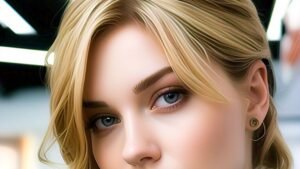
Conclusion:
Conclusion Therefore while deciding to dye your hair while breastfeeding, one should consider the effusion of the chemicals into the baby’s system but this should not discourage you since through proper precautions; you can reduce it. Some of the measures that can be taken when coloring hair while breastfeeding include; Purchasing ammonia-free dyes, making sure there is proper ventilation, and consulting a doctor on the matter. Finally, it depends on you, but with enough information and ensuring precautions, one will be in a good position to make the right decision depending on some of these health concerns.
With the research question, it is safe to dye your hair when breastfeeding, but you should do it responsibly. Thus, by adopting these rules together with knowledge of developments in this field, you can enjoy the result and not harm the baby. So I want to remind you that you are also a person, and it is okay to take care of yourself as much as you take care of your child; You can weigh your options safely for yourself and your family.
You Can Also Read this Bible Verses for Nursery
